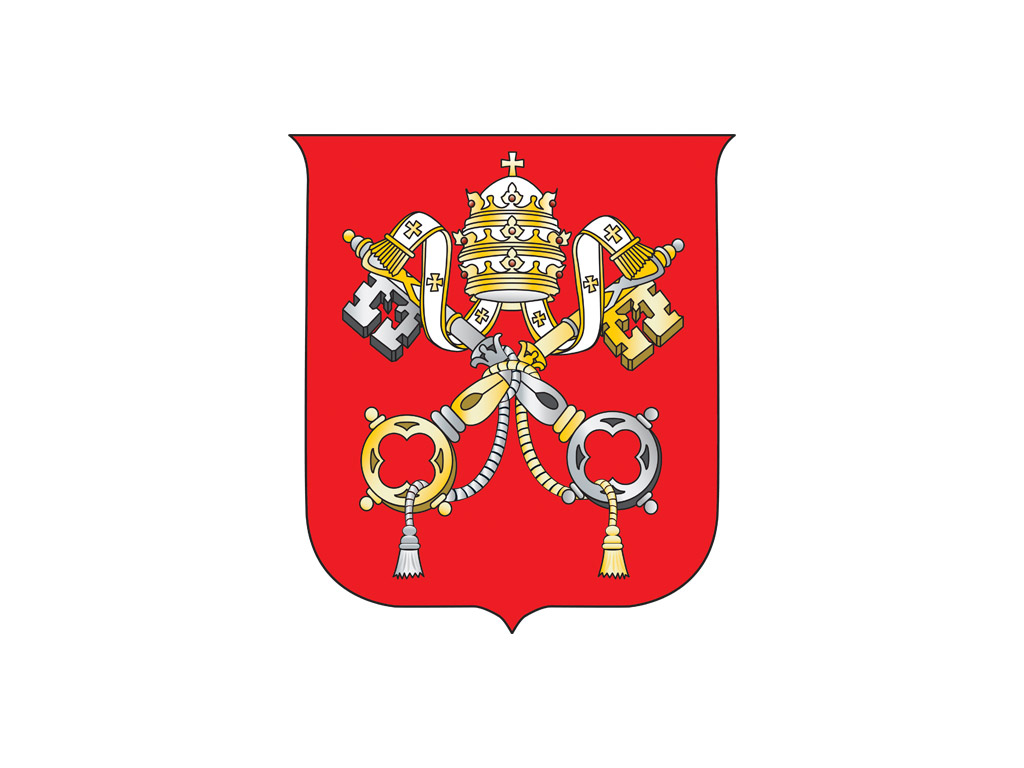Press Communiqué of the Governorate of Vatican City State – Christmas 2024, Vatican City, 24 September 2024

This year, the Nativity Scene that is set up in Saint Peter’s Square each year for the Christmas season, will be donated by Grado, a lagoon rich with history and tradition located in the Province of Gorizia. The Christmas tree, a majestic red fir tree standing more than 29 metres tall, will be donated by Ledro in the Province of Trento, and raised beside the Nativity Scene.
On Saturday morning, 7 December, there will be an audience with Pope Francis, followed by the traditional inauguration of the Nativity Scene and the illumination of the Christmas at 5:00 p.m. in Saint Peter’s Square. Presided by Cardinal Fernando Vergez Alzaga, President of the Governorate of Vatican City State, the ceremony will also be attended by Sister Raffaella Petrini, General Secretary of the Governorate.
The Nativity Scene from Grado will be set in a casóne, a traditional thatched roof fisherman’s hut, inside a large living lagoon with more than 100 small islands stretching beside the island.
The Nativity Scene will be set in the early 20th century, when the lagoon was still inhabited by several hundreds of people, and will include many details such as native flora and local avifauna.
It will artificially reproduce a wooden casóne covered with marsh reeds, set on a small island protected by long banks, handmade, piece by piece, by volunteers.
The Nativity Scene is a project that involves Grado as a community, as it was made entirely by 40 volunteers, all of them professionals, including artisans, to build the huts and jetties, shipwrights to make small flat-bottomed boats, fishermen to make fishing nets and of course, artists to make the statues, most of them from various local associations, with the Portatori della Madonna di Barbana (Bearers of Our Lady of Barbana), at the forefront.
The Nativity Scene is the result of 25 years of experience gained through Grado’s participation in one of the most important nativity scene festivals of Friuli Venezia Giulia, in which large nativity scenes made by local associations, unfold through the island’s historic centre, its Patriarchal Basilicas and port.
It all started, as often happens, with the dream of one person, Cavaliere Ufficiale Antonio Boemo, who began a journey several years ago, and is the coordinator of the entire event. He was immediately joined by the architect, Andrea de Waderstein, and by two artists who made the many statues, the father and daughter team, Lorenzo and Francesca Boemo. They were later joined by several associations, firstly by the Bearers of Or Lady of Barbana, led by Mr. Adelchi Quargnali, and then by Civil Protection, Graisani de Palù, Blood Donors, Grado Voga, Grado Noi, Lega Navale (Naval Leage) and Sailors of the ANMI, and a team that worked for long hours in the scorching sun.
Due to the costs involved in finding the necessary materials, the Nativity Scene’s completion was achieved thanks to support from the Friuli Venezia Giulia Region, Grado Municipality, the Diocese of Gorizia and the collaboration of the Patriarchate of Grado.
The Nativity Scene will also include, some briccole, wooden structures that indicate the canals that can be navigated and the directions to places near Grado, such as Aquileia, Trieste and Venice, and to the Marian Shrine of Our Lady of Barbana, which dates back to 582, and is set on a small island in the middle of Grado lagoon.
In selecting the red fir tree from Ledro, an area with 5,000 inhabitants in Trentino Alto-Adige, forest protection services complied with the guidelines of the Garden and Environment Service of the Governorate of Vatican City State, which requested that it be placed in a reachable position and be well covered with branches. The choice was made bearing sustainability in mind, thus choosing older trees, whose removal would be in line with a natural replacement,
The Municipality of Ledro is made of 15 districts: Pieve di Ledro (Municipality), Bezzecca, Concei, Molina di Ledro, Tiarno di Sopra, Tiarno di Sotto, Lenzumo, Mezzolago, Pré di Ledro, Biacesa, Barcesino, Enguiso, Legos, Locca and Pur.
Lake Ledro is well-known for being one of the clearest in Trentino. With its villages and mountains, the Valley is located a short distance from Lake Garda and is certainly the smallest municipality in terms of inhabitants. It has a UNESCO site on its territory. In fact, Ledro became famous in 1929, when some 10,000 stilts from the Bronze age were discovered on the eastern bank of the lake, near Molina. The discovery was made when the water level of the lake dropped due to construction work for a hydroelectric power plant on Riva del Garda. In the 1970s a museum of pile dwellings from Lake Ledro was built, part of the Museum of Sciences (Muse), a museum complex that depicts daily life in the Bronze Age, including replicas and original remains of the pile dwelling village (2,200-1,350 B.C.). The site was declared a UNESCO World Heritage Site in 2011.
In addition to the tree chosen for Saint Peter’s Square, smaller sized trees, decorated by associations and citizens of Ledro, Alto Garda and twinned cities, which include a German town and eight municipalities of the Czech Republic, will also be brought to the Vatican. These trees will be displayed in the offices and buildings of the Holy See.
The Christmas tree and Nativity Scene will be on display until the end of the Christmas season, which coincides with the Baptism of the Lord on Sunday, 12 January 2025.





